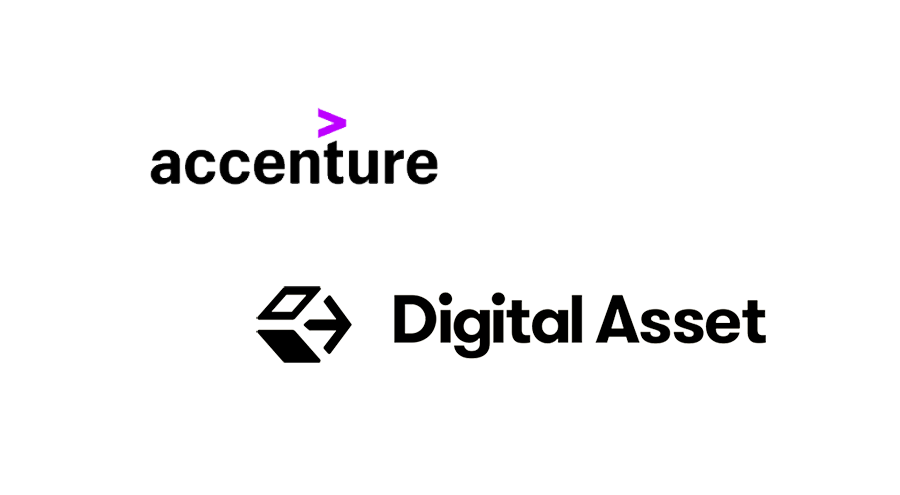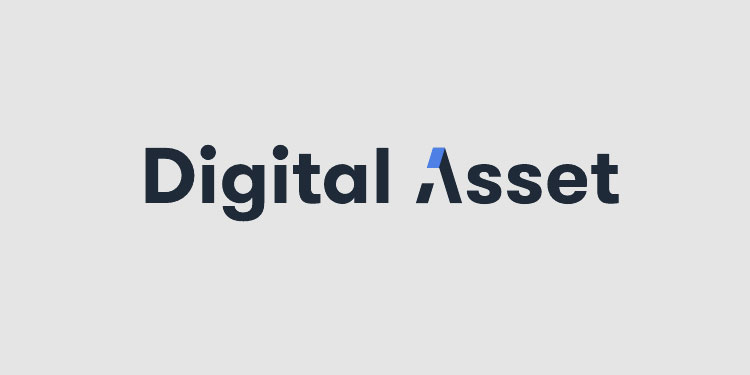Accenture, a global professional services company has completed its first transactions using a distributed ledger technology (DLT)-based application that delivers enhanced enterprise software asset management capabilities.
The new application uses Digital Asset’s smart contract language, DAML, to model and enforce software license events throughout their lifecycle, from origination to purchase, which simplifies tracking, usage and audit functions.
The patent-pending capability was developed by the Accenture Operations team using the Digital Asset (DA) Platform and fits with its existing software asset management (SAM) capabilities. DA uses distributed ledgers to execute complex, multi-party business processes in a cryptographically secure environment.
This collaboration has expanded DA’s reach beyond its production work with the world’s largest financial institutions. New functionality and capabilities will be added to the platform in its next release.
Improper software usage or failure to comply with the license use rights can be costly to businesses and can negatively impact brand and reputation. Accenture’s software management capability aims to allow organizations to reduce these risks and have better transparency to the distribution and utilization of licenses.
“This new software asset management application shows that DAML and DLT can deliver significant operational efficiencies to use cases beyond financial services.The delivery of this application also represents a tremendous milestone for us since this is the first application built for a non-financial use case to go into production on the Digital Asset Platform.”
“We manage a significant portfolio of software licenses across businesses, clients, and geographies, which demands relevant policies and procedures supported with the right technology. While software asset tracking and management tools have evolved, it can still be a daunting task for any large organization to manage. The power of DLT will simplify the traceability of these licenses, and, therefore, the auditing function so all can see where each license is assigned. This has the potential to save organizations millions of dollars per year in the management of their software license portfolios.”






















